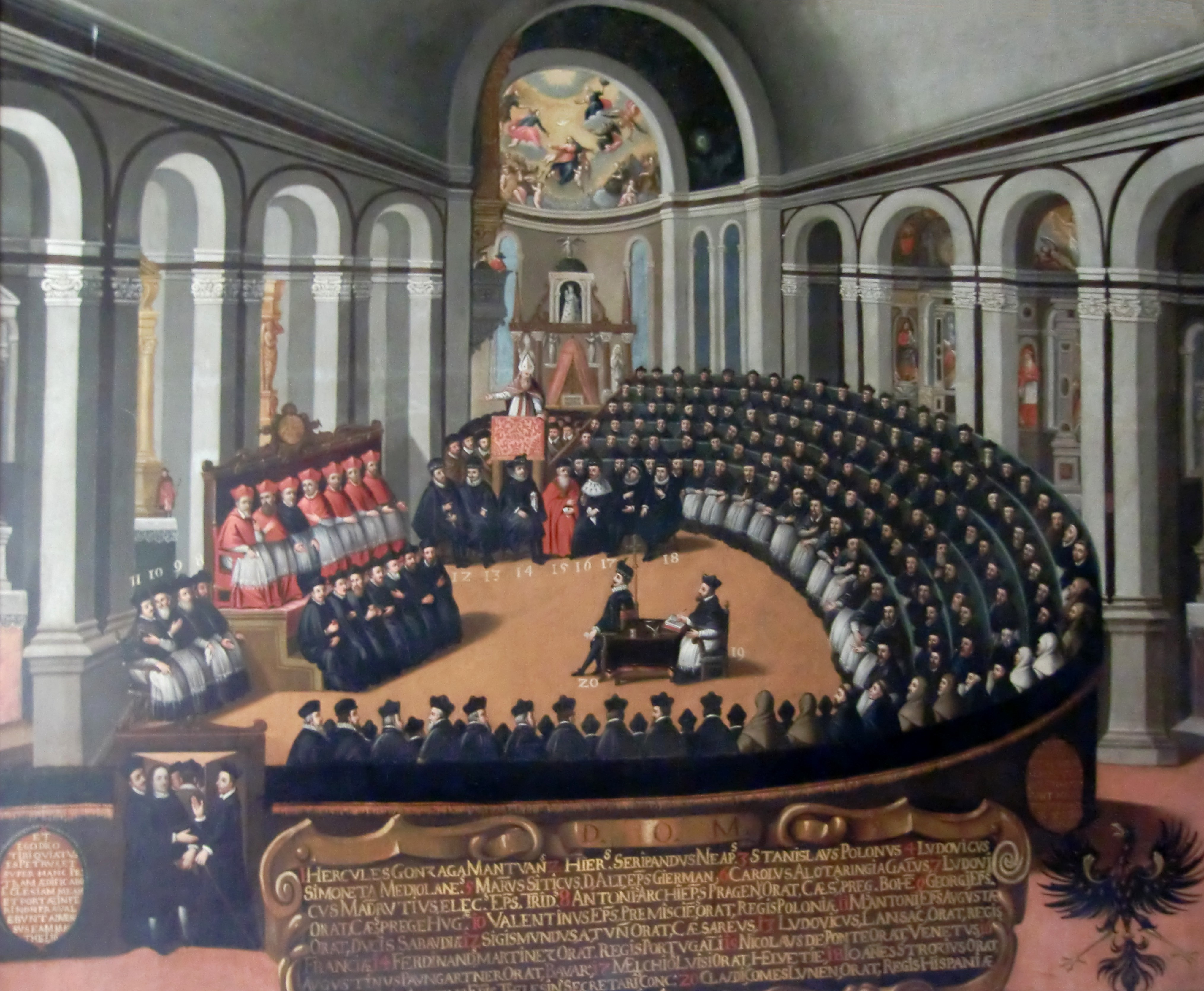In discussing the argument of which composer responded to the Reform proposals of the council of six in an exemplary manner, I thought I would start by posing a simple question: “Which composer did the piano piece Mozart write for?” For a long time the answer was known. But today there are many compositions attributed to various composers that have nothing to do with Mozart at all. This raises an interesting issue.
Let me begin by examining what is meant by the term “sub-section” in the third part of the thesis statement I referred to above. The thesis statement begins, “To distinguish Mozart’s role in the evolution of music from that of the preceding artists, Mozart must have been more than a composer.” The context in which this is used indicates that the term was intended to define a section of Mozart’s career. It is used to point out that some of the music written by Mozart, such as the opera Donizetti’s Andante, contain a section explicitly or implicitly of traditional form. The phrase was first used in conversation with Giuliano da Sangallo in 1780, in response to the claim that he had composed operas which were highly innovative and avant-garde in nature. In this reply, the point was explained as to why Mozart’s “other works” were not similar to those of Donizetti and others.
Now, supposing we suppose that we are willing to follow the possibility that Mozart wrote the Rondo for the pontificate of the French king, Louis XIV, in an exemplary fashion. Does this mean that there is no way to differentiate between Mozart’s Rondo and Pope Innocent III’s Sixtus II’s Exultation? We might suppose that these two operas are absolutely identical despite their radically different themes, settings, and themes. It is this seemingly plausible line of reasoning that leads many scholars of classical music to discount the notion that Mozart ever wrote any Sixtian Mass for Pope Innocent III. Furthermore, even if we were to postulate that Mozart wrote a Corpus Vaticana instead, what kind of a distinction could we make between a Rondo, which we know was composed expressly for the Pope, and a Sixtian, which had been composed expressly for the Pope’s own circle?
If we are to assign merit to Mozart’s music, we must also assign merit to the same composer’s word-painting, i.e., Leonardo da Vinci. Da Vinci’s Madrigal, a secular music masterpiece which has exerted a tremendous influence upon the later Baroque and Modern genres, was clearly a response to the French phrase “Noces audeats” (open all night). While it might appear to be a purely modern concept, the term “madrigal” actually derives from the Italian term “maggia” (open all night) and “adventura” (creating new forms). Thus, while both madrigal and non-madrigal music may have had an Italian influence, the real test is not that composer expressed these ideas more distinctly or innovantly, but which one created the music in the first place.

The same can be said for the famous thirteen-tone piano scale, also known as the “cozzy criole” in some circles, which owes its origin to the music of the Baroque period. Cozily harmonizing the major and minor chords, the Criole was used extensively by Baroque and Romantic musicians alike, particularly the Viennese academic and violinist Wolfgang Amadeus Mozart. While some believe Mozart based his great composition Don Giovanni on the coziness he experienced with the young woman who passed within the inner circle of his household, others point out that Mozart based the musical concepts of the Criole on his frequent use of similar word-painting techniques that were inspired by the works of his favorite Spanish minute master, Antonio Salieri.
So, whichever composer you choose, we must ask ourselves: which of the two styles of playing the flute did Mozart prefer? And which of the two flautist groups did he belong to?
Was it the false church of the late Renaissance that influenced him, or the true, secular music? And if Mozart was influenced by the false church, is it reasonable to think that other great composers, from J. S. Bach to Ludwig Van Beethoven, would have been similarly influenced?





